I typically prefer Delta over American. After head-to-head flights, the rival airline is growing on me.
Taylor Rains

- I recently flew back-to-back on American Airlines and Delta Air Lines in domestic economy.
- Delta has better WiFi options, but I prefer the in-flight entertainment set-up on American.
There were few flight options out of the tiny Tallassee, Florida, regional airport I lived near growing up, but my family mostly flew Delta Air Lines.
Its good customer service and usually on-time flights have kept me as a fan of the airline well into adulthood.
However, Delta recently changed its SkyMiles program to rely on money spent rather than miles flown — pointing to a desire to attract more high-dollar travelers. This has made loyalty less important to me.
I've since spent more time on mainline rival American Airlines, which has a huge operation out of the New York City airports I now live by. While it used to disappoint, I'm slowly becoming a fan.
To compare American to my old favorite, I recently flew back-to-back on both airlines in domestic economy class. I found them to be different but the same, so I'd book either again if the price is right.
My American and Delta flights journeyed between New York's LaGuardia Airport and Dallas/Fort Worth International Airport in Texas.
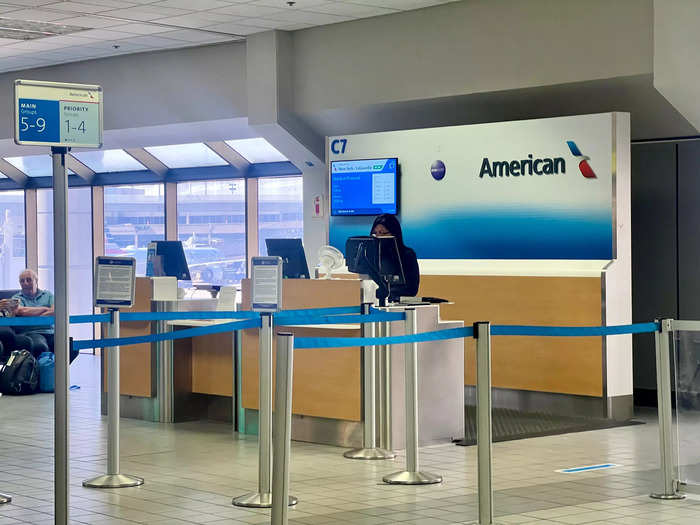
I booked back-to-back flights to and from a recent work trip in May. The outbound flight lasted about four hours, and the return flight was about three and a half hours.
The Delta outbound was on an Airbus A220, while the American return was on a Boeing 737-800.
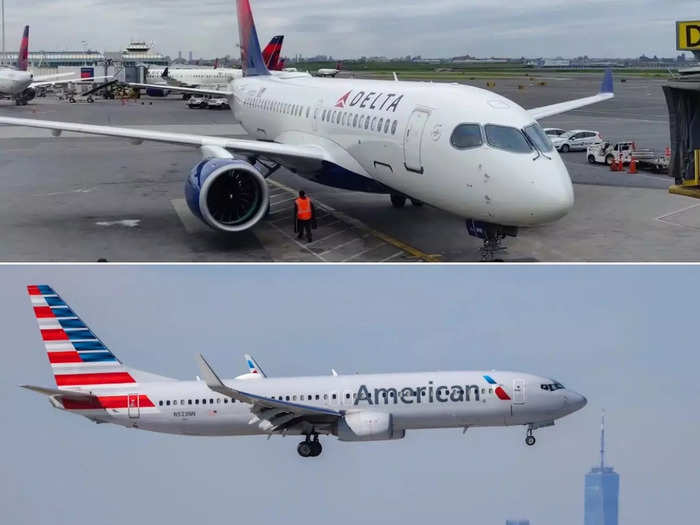
The Airbus plane is smaller than the 737, but both represent the standard cabin equipped onto most of each airline's respective narrowbody fleets.
According to Delta, its narrowbody fleet boasts over 161,000 seatback screens across 850 aircraft, with the TVs being added to Airbus A319s, Airbus A320s, and Boeing 737-800s by the end of this summer.
American, meanwhile, has retrofitted many of its narrowbody Airbus and Boeing planes with uniform cabins. Known as "Project Oasis," this simplifies the fleet, and the extra seats generate more revenue — though legroom was reduced as a result.
Each ticket was basic economy with a random seat to keep things as apples-to-apples as possible. I ended up in the middle seat on both.
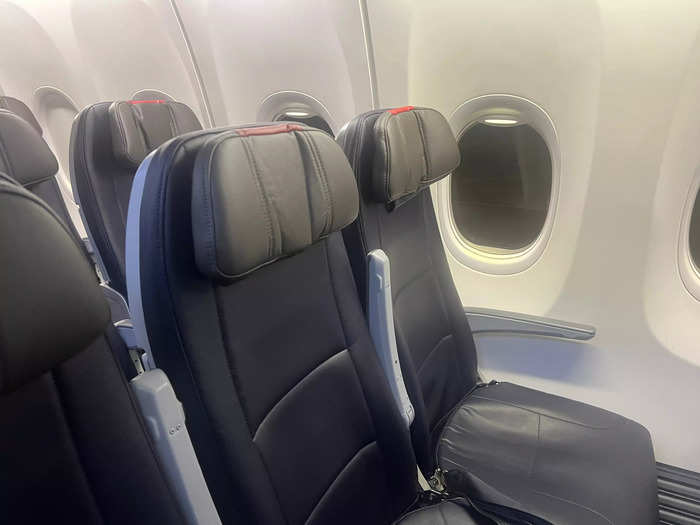
I paid as little as possible for both flights, meaning I didn't add on bags or seats and only brought a carry-on. The Delta flight was about $180, while the American flight was about $160.
Despite my unfortunate luck, both 30-inch-pitch seats were plenty spacious enough for my 5'3" self. Delta's seat was wider.
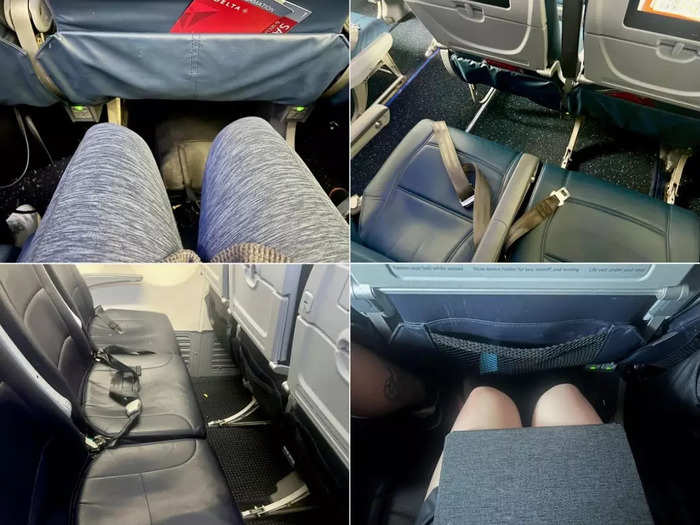
I'm short and small, so I fit into most airline seats — even the cramped 28-inch-pitch ones on Spirit and Frontier.
Still, the 30 inches may be cramped for taller travelers and I recommend upgrading to American or Delta's respective extra-legroom seats.
Some flyers may also consider that American's 737's seat width is more than an inch slimmer than Delta's A220, though this didn't bother me.
Other seat similarities included a sturdy tray table, adjustable headrests, power ports, and a seatback pocket.
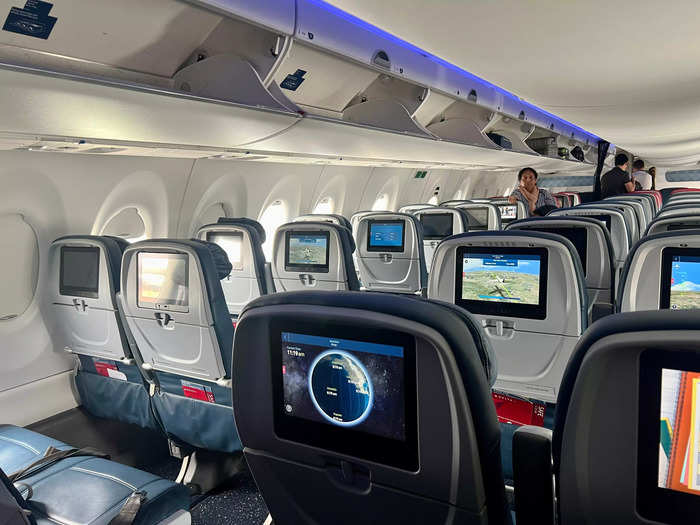
The mesh pocket on American was more aesthetically pleasing, but Delta's was bigger.
I also liked that both airlines had the outlet under the seat in front as it's easier to reach than when it's located under my own seat.
The padding on my American and Delta flights was comparable, as well as the overall inflight service and reliability.
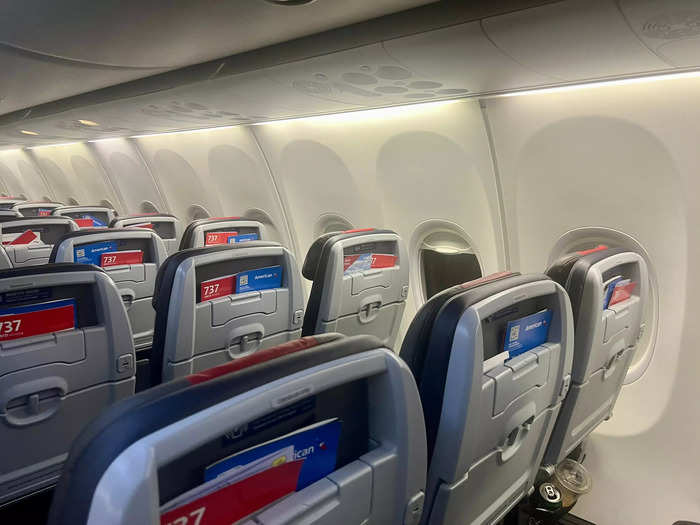
Both of the flights departed perfectly on time, and I got the expected drink and snack.
While I expect that of Delta, American's reliability left me stranded overnight in Colombia in 2021 after a last-minute flight cancellation, with no information about why.
That experience left a sour taste in my mouth, but American has slowly earned back my trust. Since the fiasco, my flights have been on time, and new technologies like the customer service chat box have helped with communication.
I also particularly liked the full-sized window in the rear lavatory of Delta's A220.
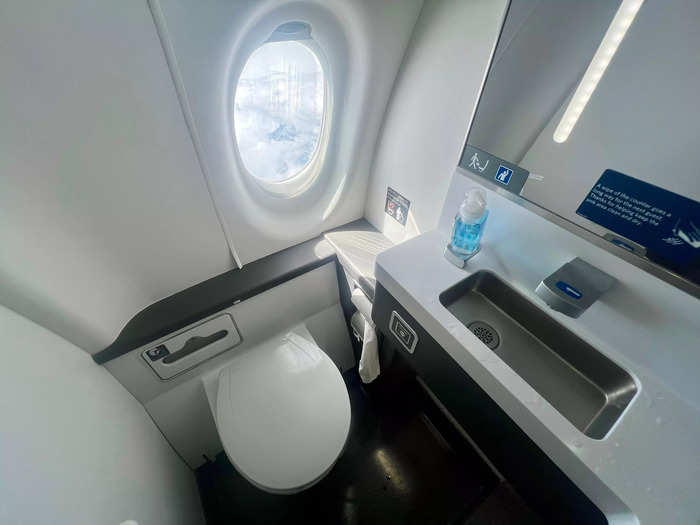
The aft lavatory is exclusive to Delta's A220. The other US operators flying the A220 — JetBlue Airways and Breeze Airways — do not have the unique "loo with a view."
Besides the window, there were two other key differences between the mainline competitors: inflight entertainment and WiFi access.
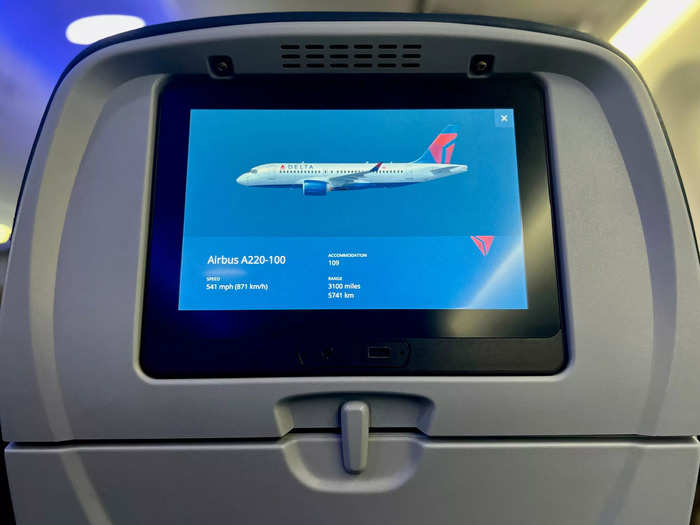
Seatback screens and fast WiFi are becoming the norm on mainline narrowbody aircraft in the US as airlines continue to spruce up the inflight experience.
However, American and Delta have different strategies for implementing these two key amenities.
Most people I've talked to say they prefer the seatback screens common on Delta's jets — but I like prefer the tablet holder on American.
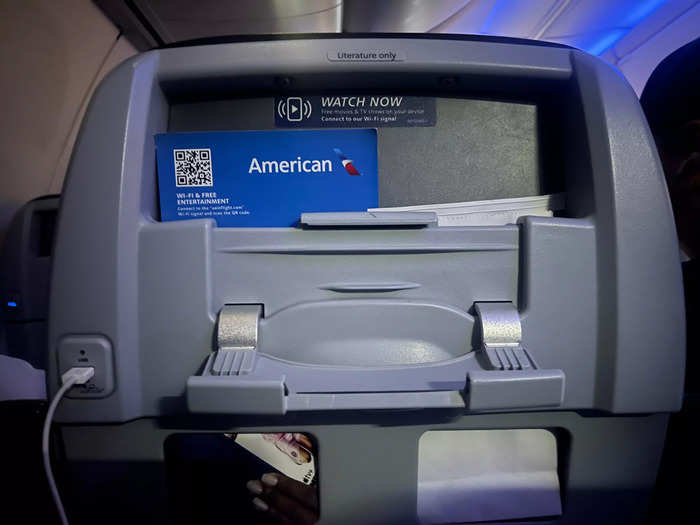
American saves weight — and therefore, costs — by installing tablet holders on the seatback rather than screens. The holders can be used to stream American's IFE to a personal device.
Some people prefer the convenience of Delta's already-installed screen, which would be handy if I forgot my tablet or didn't pre-download any content.
When I travel, I bring my own pre-downloaded content and like the holder's viewing angle better than propping my tablet on the tray table.
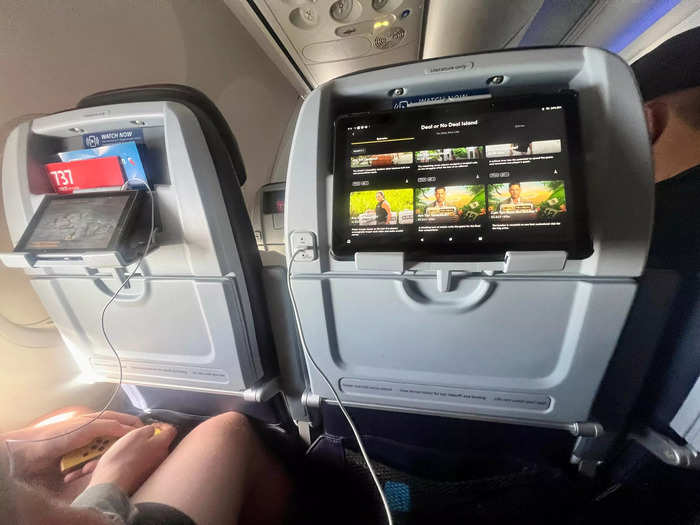
I pretty much only watch shows like Survivor, Big Brother, House of Villians, or any other competition reality show.
These aren't widely available on aircraft, especially not any current seasons. So I like that I can pre-download my shows and watch them on the actual seatback.
For WiFi, Delta had an entirely free option available to SkyMiles members. American's complimentary option was only 20 minutes.
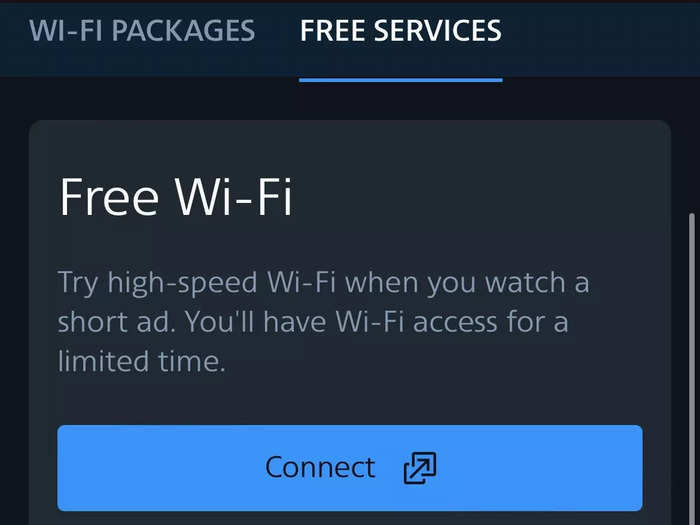
Delta offers free and paid inflight WiFi options on more than 650 domestic narrowbody planes, including free sessions to SkyMiles members and eligible T-Mobile customers.
American also offers the T-Mobile option and a new complimentary one, though the latter is ad-based and only for a short duration.
The strategy is likely to show people what the WiFi is like and entice them to buy a flight pass, but the up-to-$20 price for internet on my American flight may be a little steep for some travelers.
However, my T-Mobile phone number gives me free and unlimited WiFi on both airlines. It's typically fast and reliable regardless of carrier.
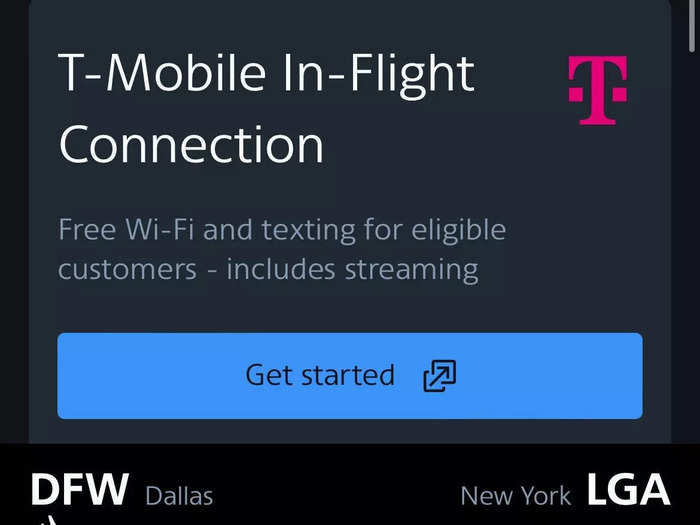
American's WiFi was more reliable on this roundtrip journey, with Delta's cutting out on two separate occasions for about 30 minutes.
To be fair, internet connectivity on planes is always at risk of being choppy due to uncontrollable factors like weather, and I've had the WiFi cut on American, too.
My solution is to just try to avoid working on things that require the internet when I'm flying.
Considering I use T-Mobile WiFi and always bring my tablet to watch shows, neither of the airlines' internet nor IFE setups is a dealbreaker for me.
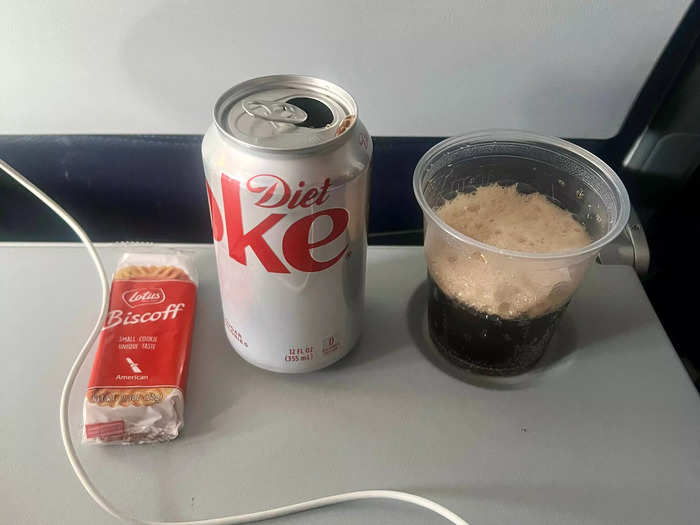
With my T-Mobile phone number, Kindle Fire, and charging cables, I can work or be entertained regardless of whether I fly American or Delta.
I prefer American's IFE setup, but its economy comfort is so comparable to Delta's that I care more about price and timing.
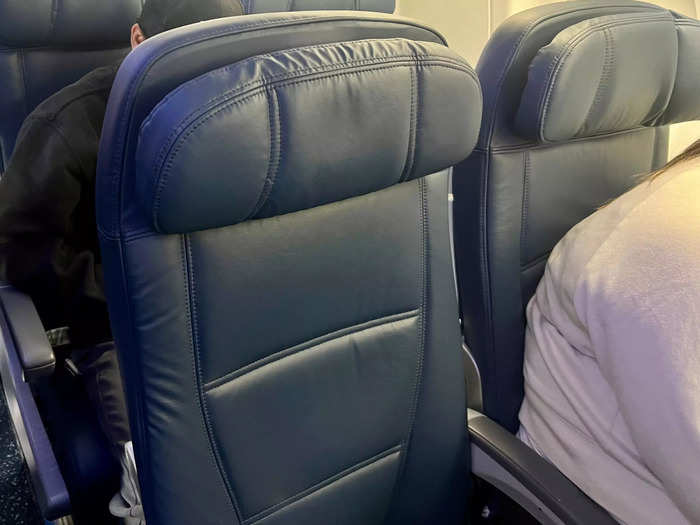
When I fly, I just want a comfortable seat and somewhere to watch my shows, whether it's a tablet holder or a tray table.
This means I typically will avoid low-cost carriers like Spirit or Frontier unless the price is really enticing. Though, sometimes, if the route is nonstop, the departure time is comparable to a mainline, and the flight is less than two hours long, I'll suck it up to save a buck.
There's also reliability to consider, but American didn't trail far behind Delta in terms of on-time performance in 2023, and it actually beat United.
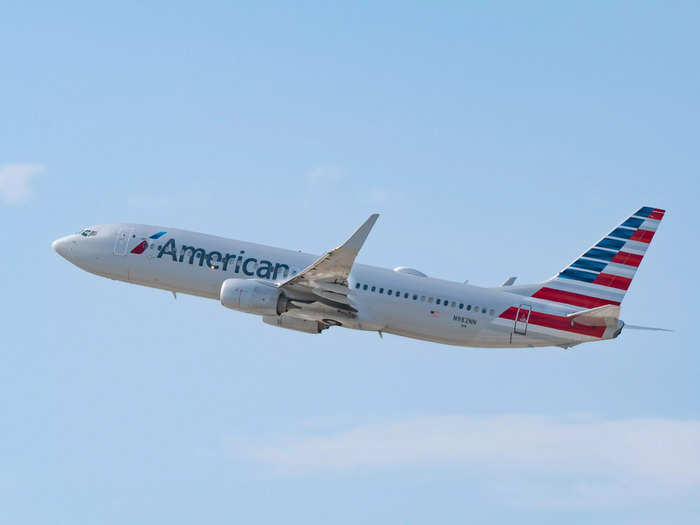
According to Cirium's annual report, American had an on-time rate of 80.6% in 2023 — an improvement from about 78% in 2022.
Delta's was at 84.6% in 2023, up 1% from the year prior. United was at about 80% last year, down from about 80.5% in 2022, per Cirium.
These days, I'm looking for the most convenient routing, regardless of carrier, and booking the one with the best timing and fare ratio.
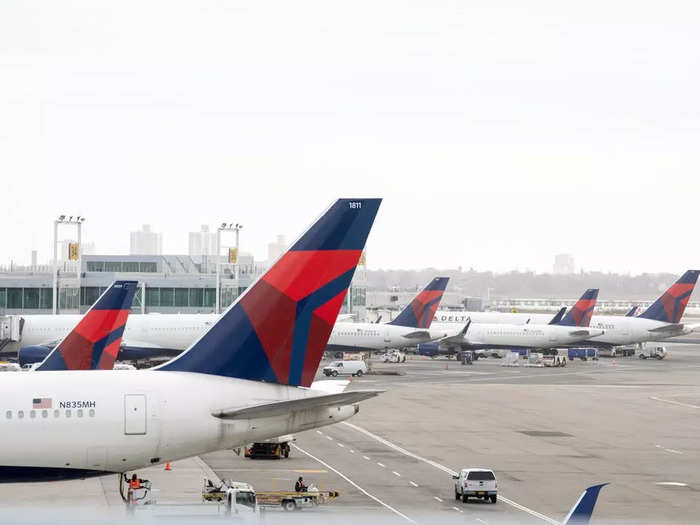
For where I need to go, Delta has the most convenient network out of my nearby New York City airports. However, I've noticed the fares are commonly more expensive than American.
If the same nonstop route is cheaper on American, I'll book it.
However, if Delta is $200 more, for example, but it operates the sole nonstop that gets me to my destination several hours earlier than a one-stop on a competitor, then that's a no-brainer for me.
Some may say I'm missing out on the glamour of airline status, but it's nice not to worry about that loyalty anymore.
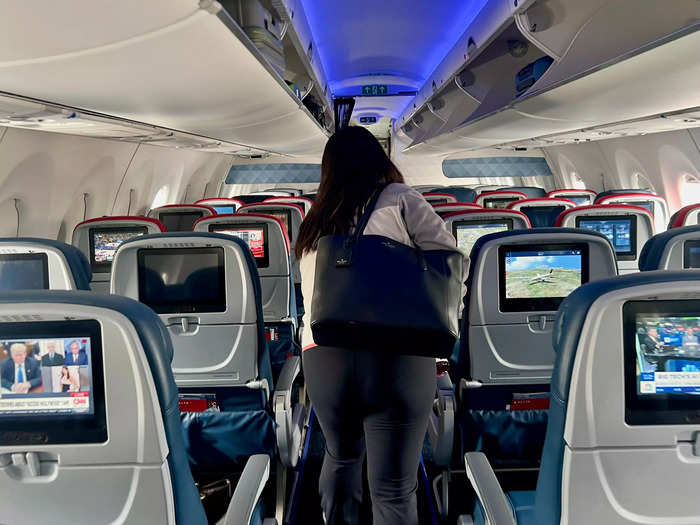
Having status on an airline is definitely beneficial, from the free checked bags and inflight drinks to the possibility of upgrades to business or first-class. But I don't mind economy and only travel with a carry-on.
For now, I'm happy to just airline hop if it saves me time or money.
Popular Right Now
Popular Keywords
Advertisement